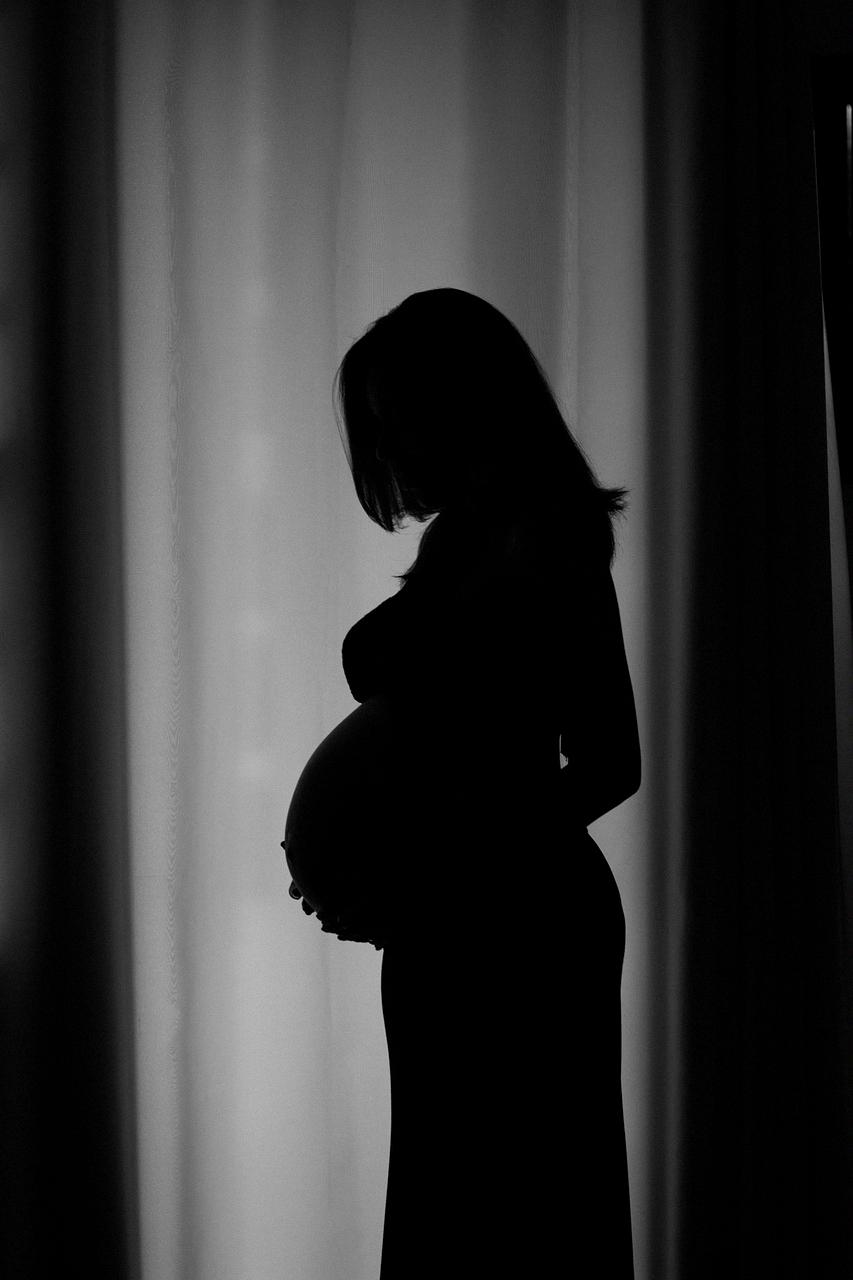When it comes to understanding the subtle nuances of your menstrual cycle, distinguishing between spotting and a full-blown period can sometimes be a bit tricky. However, there are key differences that can help you differentiate between the two.
Amount of Blood Flow
One of the primary indicators that can help you determine whether it’s spotting or a period is the amount of blood you are experiencing. A period typically involves a heavier flow that can last for several days, requiring the use of tampons or pads to manage the bleeding.
Duration of Bleeding
Another crucial factor to consider is the duration of the bleeding. While a period can last anywhere from three to seven days, spotting is usually much shorter in duration, often only lasting a day or two.
Color and Consistency of Blood
The color and consistency of the blood can also provide valuable insights. Menstrual blood is typically bright red and can sometimes be accompanied by clots, whereas spotting often involves lighter-colored blood that may appear pink or brown.
Presence of Symptoms
Pay attention to any accompanying symptoms you may be experiencing. Menstrual periods are often accompanied by symptoms such as cramps, bloating, and mood swings, while spotting usually occurs without these typical period symptoms.
Timing in Your Menstrual Cycle
Consider where you are in your menstrual cycle. Spotting is more likely to occur in between periods or during ovulation, whereas a period typically follows a regular cycle and occurs roughly once a month.
Understanding Your Body’s Signals
It’s essential to listen to your body and pay attention to any changes or abnormalities in your menstrual cycle. If you notice any irregularities or persistent spotting that is concerning, consult with your healthcare provider for further evaluation.
Tracking Your Menstrual Cycle
Keeping a menstrual diary or using a period tracking app can help you monitor your menstrual cycle more effectively and identify any patterns or abnormalities in your bleeding. This can be especially useful in differentiating between spotting and a period.
Medical Conditions and Hormonal Imbalances
It’s important to note that certain medical conditions or hormonal imbalances can also cause irregular bleeding, making it crucial to seek professional medical advice if you are unsure about the cause of your spotting or abnormal bleeding.
Understanding the Impact of Stress
Stress can also play a role in disrupting your menstrual cycle and causing irregular bleeding. Taking steps to manage stress through relaxation techniques, exercise, and self-care can help regulate your cycle and reduce the likelihood of spotting.
Conclusion
In conclusion, while spotting and a period may share some similarities, it’s essential to consider the amount of blood flow, duration of bleeding, color and consistency of blood, presence of symptoms, timing in your menstrual cycle, and any underlying medical conditions or hormonal imbalances when determining whether it’s spotting or a period. By staying attuned to your body’s signals and seeking professional guidance when needed, you can effectively navigate the complexities of your menstrual cycle.

